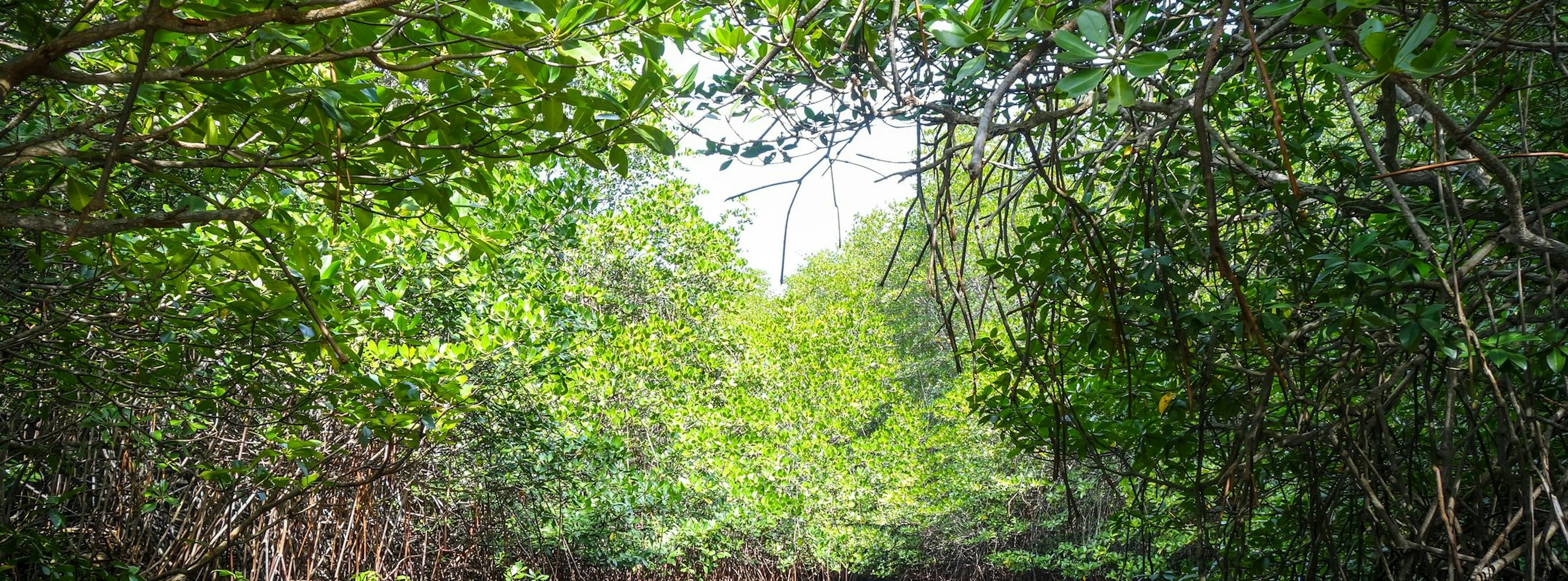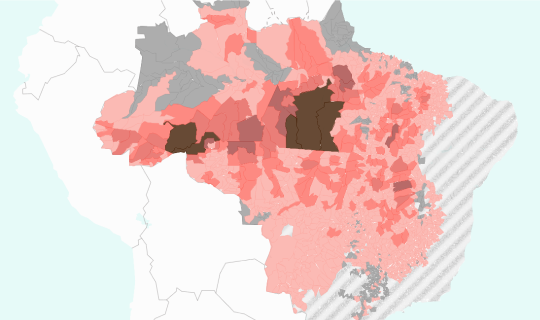Farmed shrimp production in Indonesia has increased from less than 150,000 tonnes in 2000 to almost one million tonnes in 2021. This enormous growth has been enabled by excellent conditions for aquaculture due to Indonesia’s long coastline and tropical climate, as well as significant government support. However, shrimp farming faces environmental challenges, especially the conversion of mangrove forests to fish-farming ponds.
Farmed shrimp are in fact almost exclusively prawns, the two main species being giant tiger prawns and white leg prawns. The terms ‘shrimp’ and ‘prawns’ are used interchangeably for the same product in different regions, shrimp being favoured in the US.
Key export markets and traders
Indonesia is the world’s fourth largest exporter of shrimp. In 2018, Indonesia exported 149,000 tonnes of shrimp. The US and Japan are the largest consumer markets, accounting for 87% of these exports. In 2021, shrimp exports (including wild caught) were worth over US$ 2.2 billion to the Indonesian economy.
Indonesia’s shrimp exports are dominated by a handful of companies. The top three – Bahari Makmur Sejati, First Marine Seafoods and Panca Mitra Multiperdana – accounted for over one third of exports in 2018.
Indonesia is home to the world’s largest remaining area of mangrove forest. Mangroves are important for biodiversity, provide nursery habitats that support fisheries, sequester carbon and help protect coastal communities from storms. Between 2000 and 2016, Indonesia lost 3% of its mangrove, primarily driven by shrimp farming in areas such as Kalimantan, Sulawesi and West Sumatra. Although mangrove losses have declined, the threat from aquaculture expansion remains.
Connecting markets to production regions
The methodology that Trase developed to map the supply chain for Indonesian shrimp is an initial ‘beta’ version. We used information on shrimp production, processing facilities, exports and ownership to construct a model which links areas of production to consumer markets via shrimp processors and traders. This enables consumer markets and traders to be linked to social and environmental impacts. In this beta version we have not linked shrimp production to mangrove forest conversion and other environmental and social impacts. However, the results show that trading companies source from different regions and therefore will have different levels of exposure to environmental and social impacts such as mangrove conversion.
A detailed description of the methodology is available here, and Trase welcomes feedback on its future development.
For further information on Trase’s supply chain map for Indonesian shrimp, please contact jonathan.green@york.ac.uk
Was this article useful?





